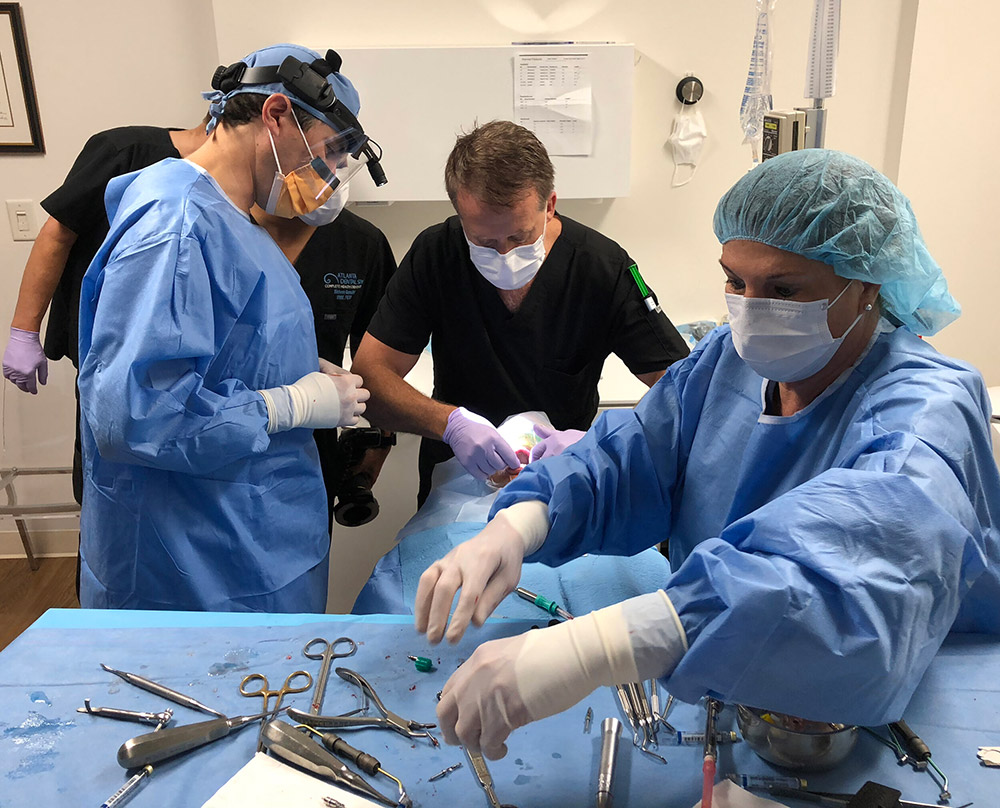Digital case planning and design in dentistry refer to the use of advanced digital technologies and software to plan and design various dental procedures, with a specific focus on dental implants and other restorative work. These technologies enhance precision, efficiency, and communication between dental professionals, ultimately leading to improved outcomes for patients. Here’s an overview of how digital case planning and design are applied in the context of dental implants and other dental work:

Digital Case Planning:
1. Digital Imaging:
- High-resolution digital imaging, such as cone-beam computed tomography (CBCT), provides detailed 3D images of the patient’s oral and maxillofacial structures.
- CBCT scans aid in the accurate assessment of bone density, volume, and the location of vital structures, essential for implant planning.
2. Virtual Treatment Planning:
- Specialized software allows dentists to virtually plan the placement of dental implants. This involves selecting the optimal implant position, angulation, and size based on the patient’s anatomy and restorative needs.
- Virtual treatment planning helps avoid anatomical challenges and ensures that implants are placed in the most favorable positions for long-term success.
3. Surgical Guide Design:
- Digital planning software enables the creation of surgical guides. These guides are personalized tools that assist dentists in precisely placing implants according to the pre-determined plan.
- Surgical guides enhance accuracy, minimize invasiveness, and reduce the overall surgical time.

Advantages of Digital Case Planning and Design:
1. Precision and Accuracy:
- Digital technologies provide highly accurate measurements and visualizations, reducing the margin of error in treatment planning.
2. Efficiency:
- Digital workflows streamline the planning and design process, often reducing the time required for procedures.
3. Improved Communication:
- Digital tools facilitate communication between interdisciplinary teams, including oral surgeons, periodontists, prosthodontists, and dental technicians.
4. Patient Involvement:
- Patients can better understand their treatment plans through visualizations, fostering informed decision-making.
5. Enhanced Predictability:
- Digital planning enhances the predictability of treatment outcomes, contributing to the long-term success of dental procedures.
In conclusion, digital case planning and design have revolutionized dentistry, particularly for implants and restorative work. Contact us to experience precise, efficient, and patient-centric care.
